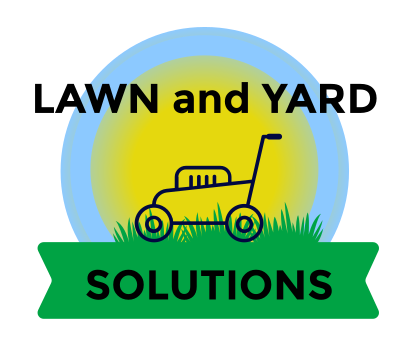Request your FREE Aeration Estimate
All lawns benefit by annual aeration.
Lawns benefit from annual aeration for several important reasons. Aeration involves perforating the soil with small holes to alleviate compaction and improve the flow of air, water, and nutrients to the grass roots. Here’s why this process is beneficial for lawns:
- Improved Air Exchange: Aeration allows for better air circulation in the soil. This is essential for root respiration, which helps the roots absorb oxygen required for their growth and overall health. When the soil is compacted, air movement is restricted, and this can lead to suffocation of the grass roots.
- Enhanced Water Absorption: Compacted soil often prevents water from penetrating deeply into the ground. Aeration creates channels for water to move through, reducing surface runoff and allowing water to reach the root zone. This enhances the lawn’s ability to withstand drought conditions.
- Nutrient Uptake: Aeration facilitates the movement of nutrients into the soil and towards the roots of the grass. This promotes healthier growth and development of the grass blades. When nutrients can’t reach the roots due to compacted soil, the lawn’s overall vigor can suffer.
- Reduced Thatch Buildup: Thatch is a layer of dead grass and organic matter that accumulates on the soil’s surface. Aeration helps break down and incorporate thatch into the soil, preventing its buildup. Excessive thatch can create an environment for pests and diseases to thrive.
- Stronger Root Growth: By loosening the soil and providing better access to water, air, and nutrients, aeration encourages deeper and stronger root growth. This results in a more resilient lawn that can better withstand stressors like foot traffic and environmental fluctuations.
- Improved Soil Structure: Compacted soil often becomes hard and resistant to water penetration. Aeration disrupts this compaction, promoting the development of a healthier soil structure with improved texture. This makes it easier for roots to grow and for the soil to retain moisture.
- Enhanced Seed Germination: If you overseed your lawn, aeration can provide an ideal environment for new grass seeds to establish themselves. The holes created during aeration offer protected pockets for the seeds to settle, increasing their chances of successful germination and growth.
- Overall Lawn Health: The combined effects of improved air circulation, water absorption, nutrient availability, and root growth contribute to the overall health and vitality of the lawn. A healthy lawn is better equipped to resist weeds, diseases, and pests.
To maximize the benefits of lawn aeration, it’s recommended to perform this practice annually, especially in areas with heavy foot traffic or compacted soil. Core aeration, which involves removing small plugs of soil from the ground, is a common method used to achieve these benefits effectively.
Fall is the best time for Fescue turf which benefits from core aeration AND over seeding. Fescue grass is a non-spreading grass that doesn’t have rhizomes or stolons. It will not spread and requires aeration and seeding to replenish turf loss due to disease, heat, and drought stress and normal dying off. Aeriation is best when done in the fall but can also be done in the spring. Aeriation should be avoided during hot weather.
Bermuda and Zoysia lawns benefit from core aeration during spring and early summer. Both of these grass types are self-germinating and do not require over seeding.
